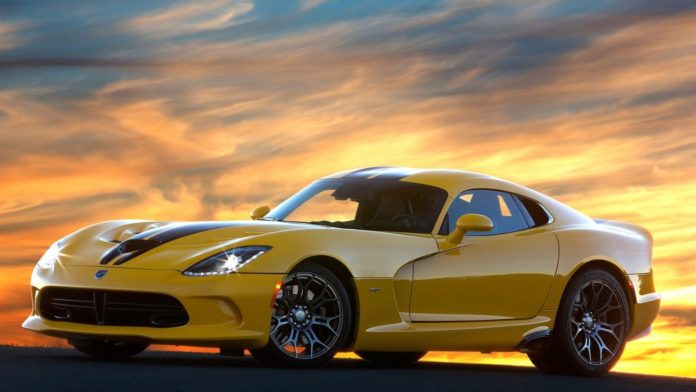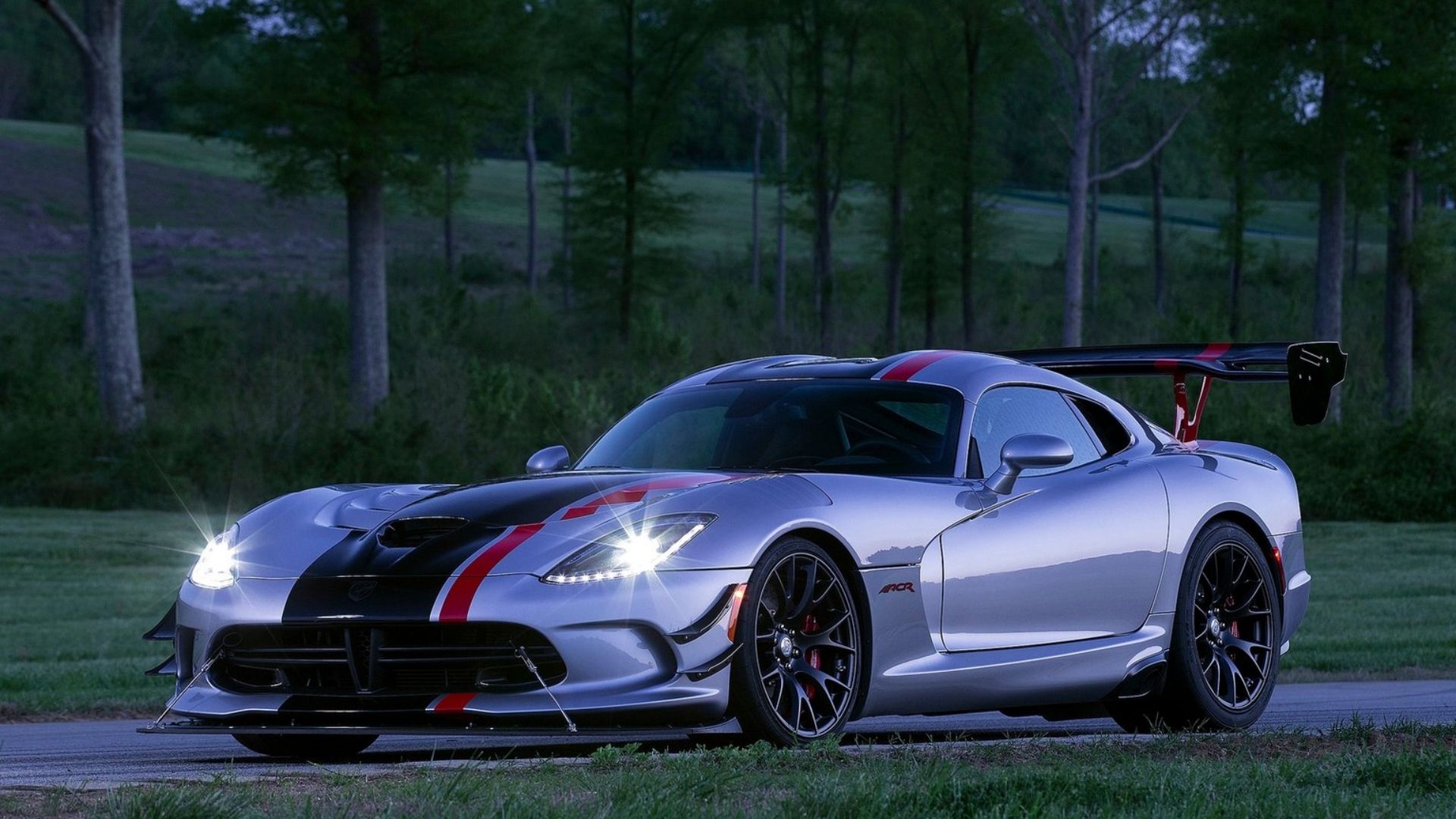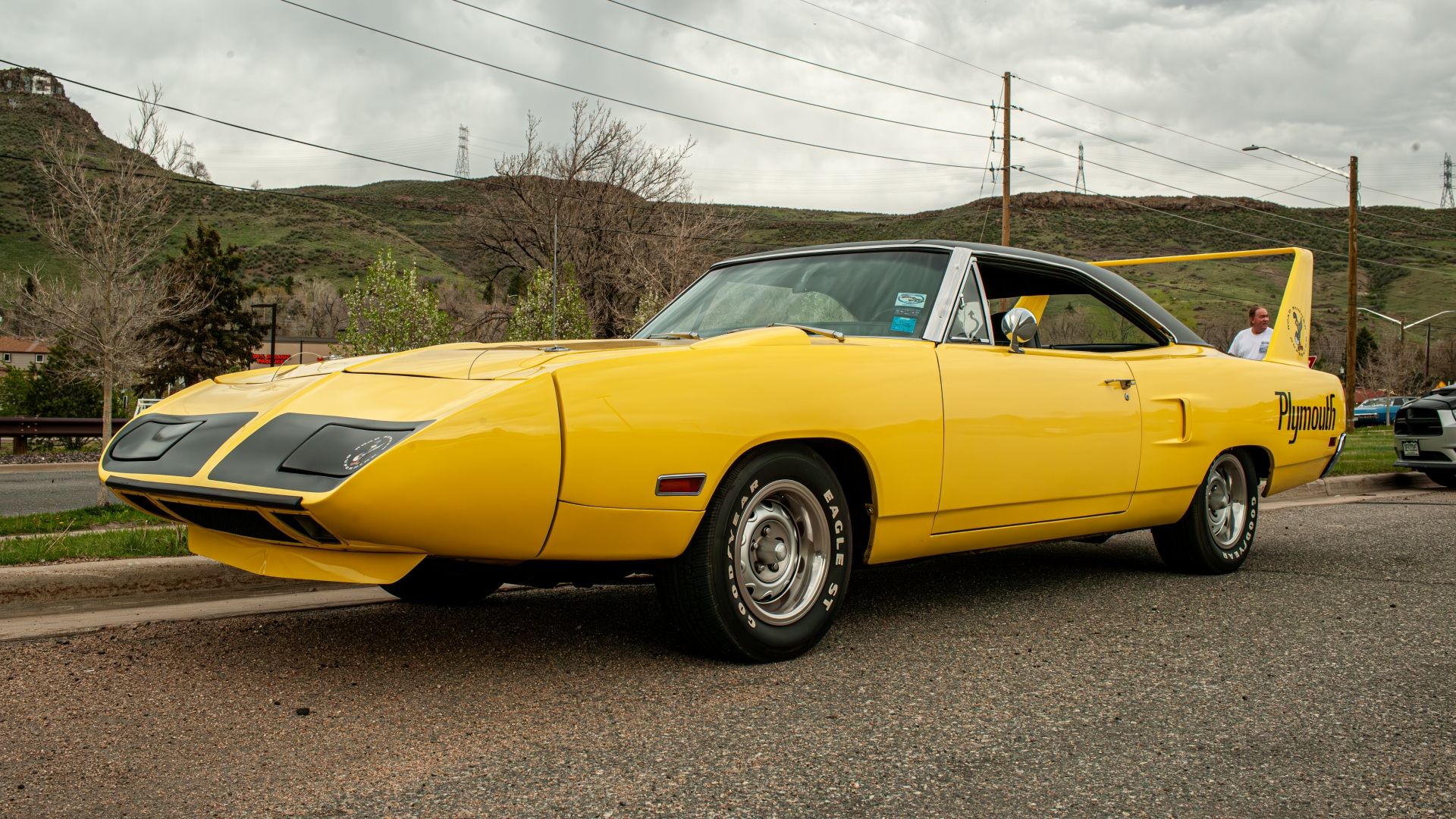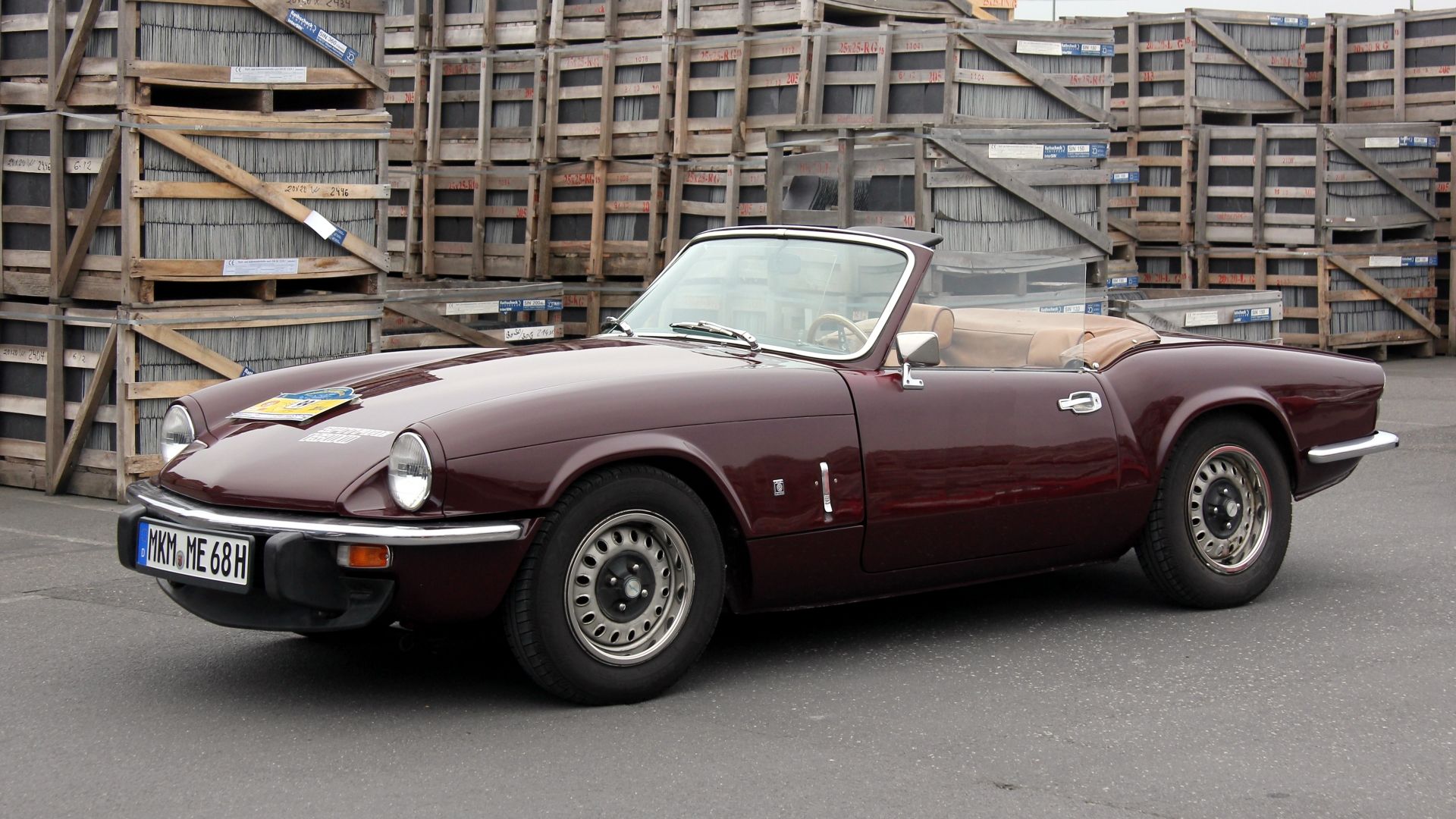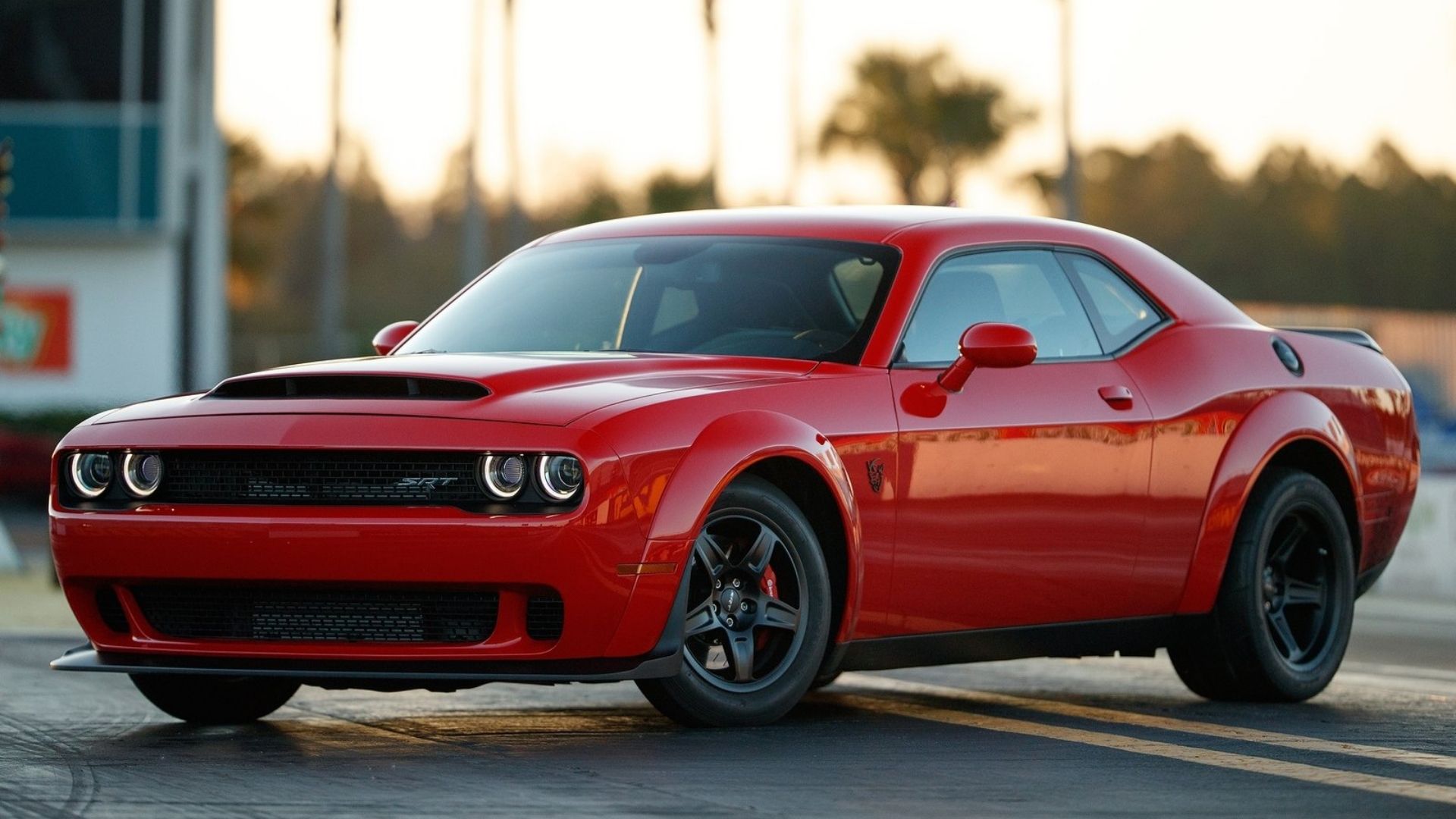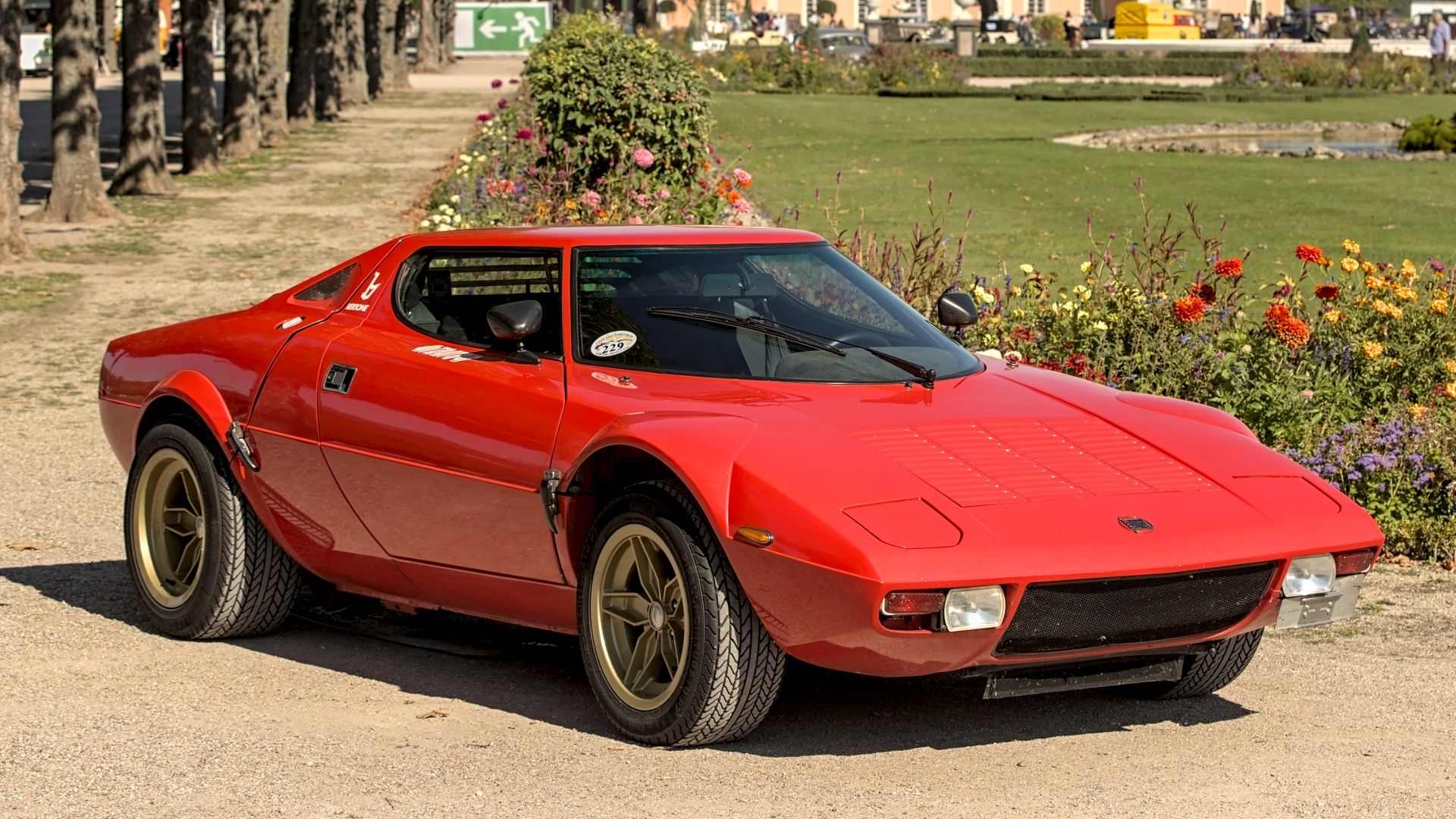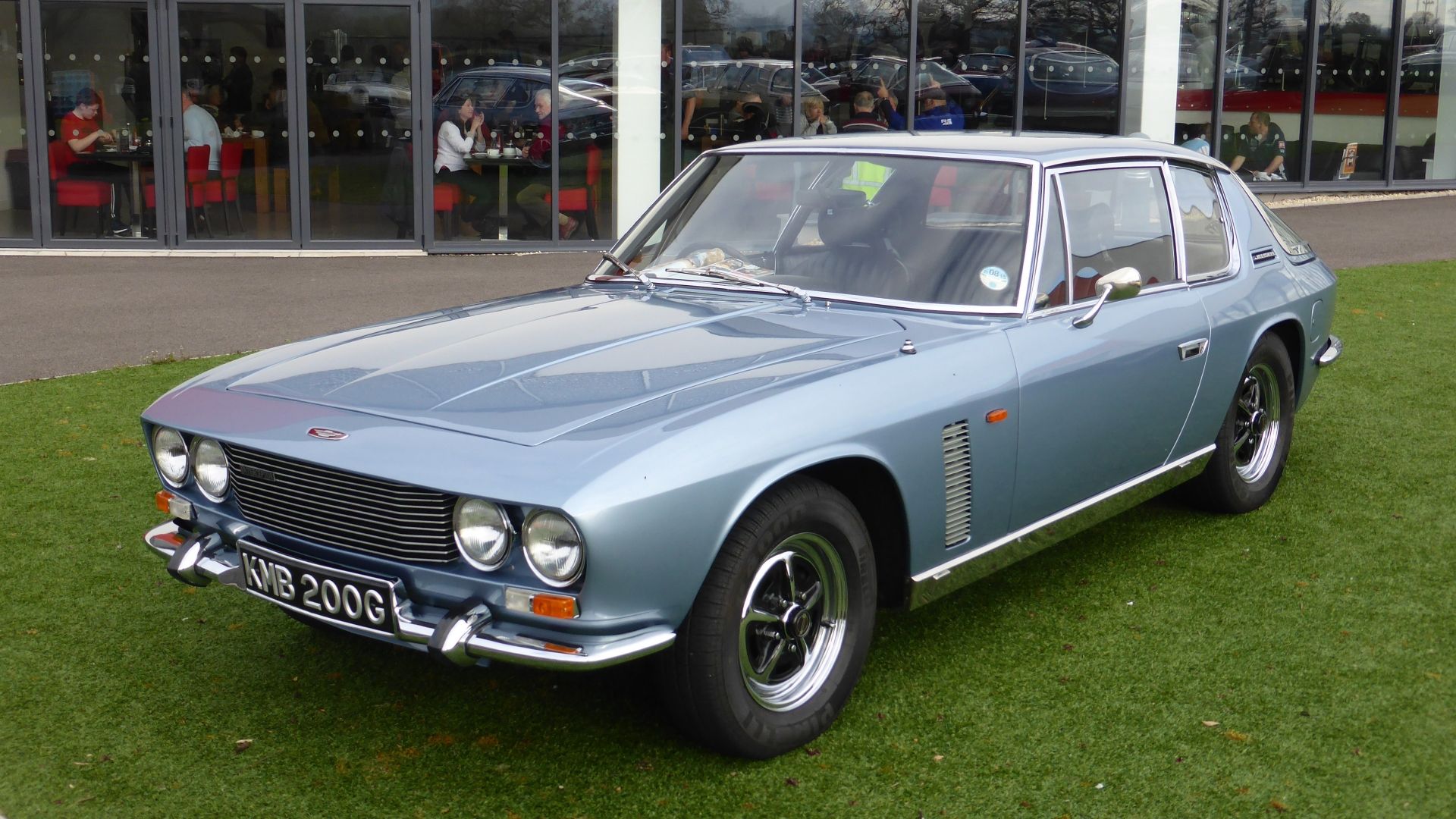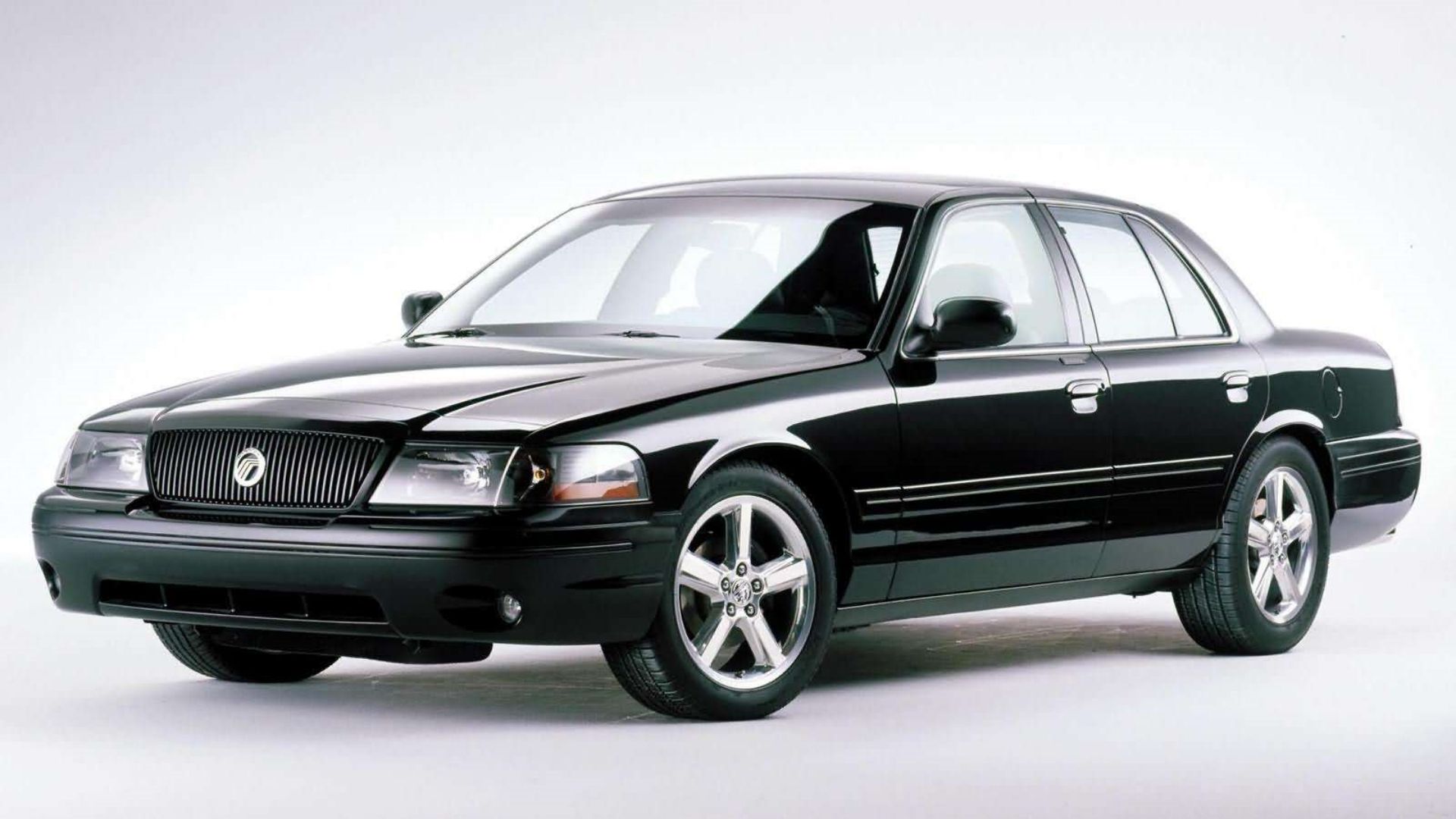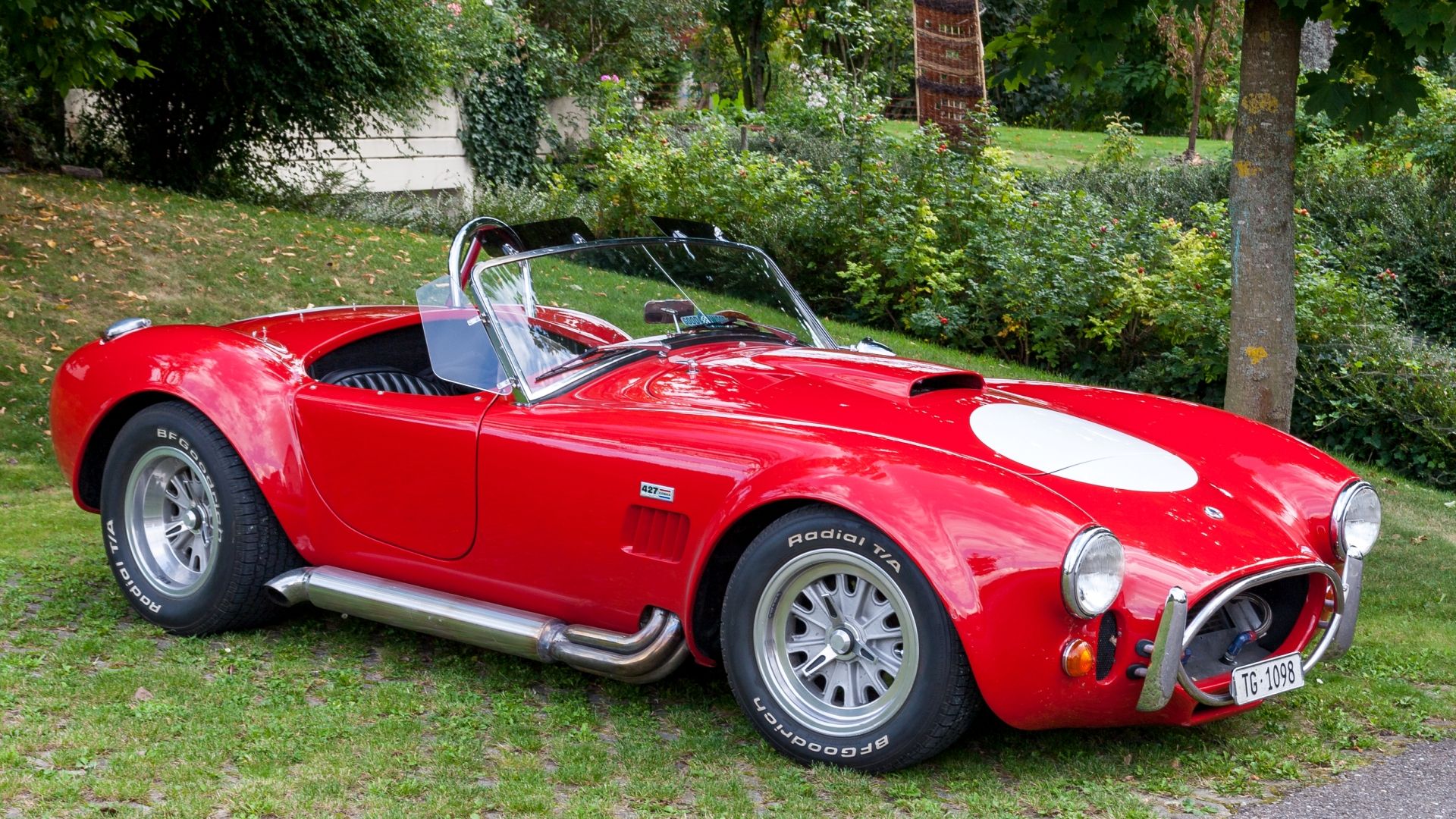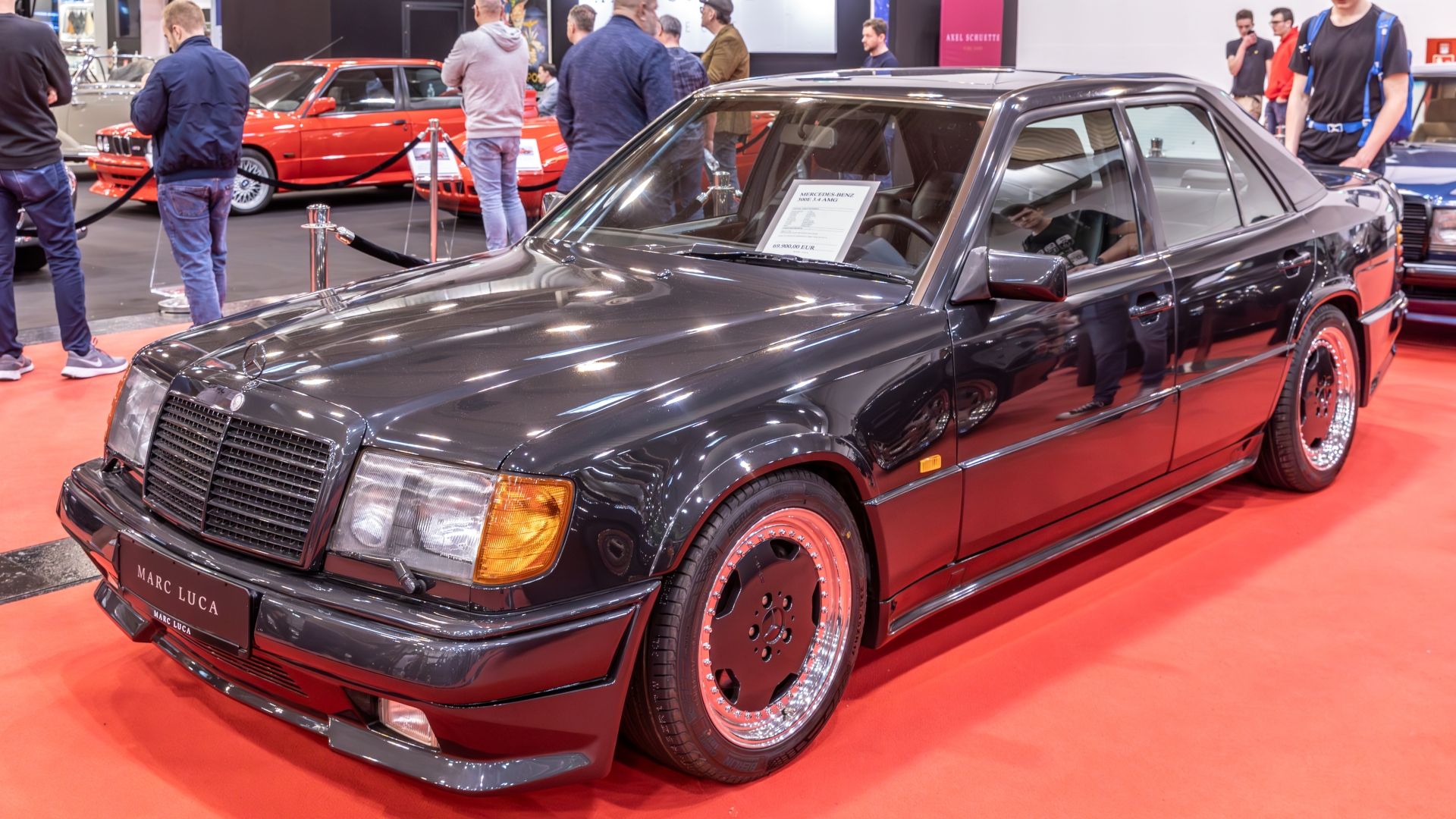Over the past few years, automakers have gotten it into their heads that naming an EV after a legacy model is a good idea. While we’re not here to say it is or isn’t, we can offer our opinion in that, in most cases, it dilutes the nameplate’s iconic history. Basically, you don’t add water to the soup to enhance its taste; you do it to make it last longer at the expense of flavor. Taking the Mustang name, for example, and giving it an EV crossover iteration does exactly that; it waters down its history.
Related
Every Way Automakers Are Fighting To Keep The Combustion Engine Alive
Electric vehicles are not the only way forward, and automakers have found ways to keep our favorite engines running for longer.
A few examples of this nostalgic EV-naming craze are the Mustang Mach-E, the upcoming Dodge Charger Daytona, and the yet-to-be-unveiled Chevy Camaro EV. While it’s understandable that carmakers will name their EVs this way to sell more units, it also causes a rift between those who want to drive a famous electrified model and those who wouldn’t touch one with a ten-foot pole.
In the following CarBuzz list, we’ll examine 10 famous model names that absolutely should not be brought back as electric vehicles. Some history is meant to remain history, and the following nameplates deserve to rest for the remainder of time as icons of what once was.
The following list’s information was largely sourced from Automotible-Catalog.com. The specs shown in the tables are from the last model year produced.
Dodge Viper
Final Model Year Specs (2017)
|
Engine |
8.4-Liter V10 |
|---|---|
|
Horsepower |
645 HP |
|
Torque |
600 LB-FT |
|
0-60 MPH |
3.3 Seconds |
We start with a nameplate that would be downright shameful to see as an EV: the Dodge Viper. The Viper began its life in 1992 and was produced until 2017, with a small break from 2010 to 2013. At first, the Viper was a hardcore car and was genuinely frightening to drive for those without serious driving skills. The gigantic 8.0-liter V10 featured in the first Viper was co-developed with Lamborghini, which was owned by the Chrysler Corporation at the time of the Viper’s conception.
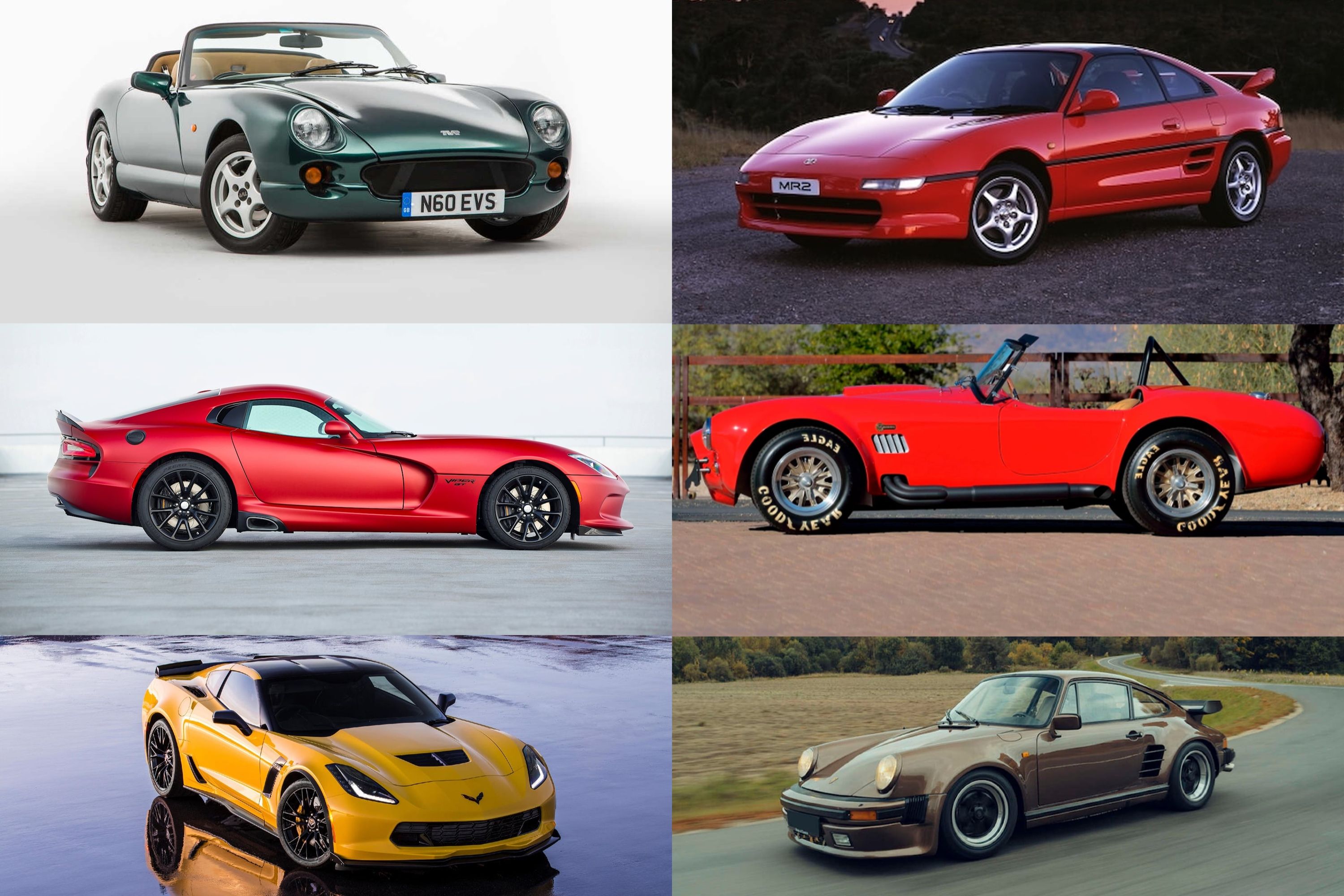
Related
6 Of History’s Most Dangerous Sports Cars
From the merely unbalanced to the truly deranged.
Since its beginnings, the Viper has been a famous sports car for the Dodge brand. Its ludicrously large engine, heavy-handed transmission, and hard-to-handle characteristics gave it an aura of danger. Those reasons are why it cannot come back as an EV. It would be an affront to everything the Viper stood for: noise, anti-fuel efficiency, and the thrill of 10 cylinders.
GMC Syclone And Typhoon
Final Model Year Specs (1992/1993)
|
Engine |
4.3-Liter Turbocharged V6 |
|
Horsepower |
280 HP |
|
Torque |
350 LB-FT |
|
0-60 MPH |
4.3 Seconds (Syclone) / 5.3 Seconds (Typhoon) |
While somewhat obscure, those in the know regarding automotive history will recognize the GMC Syclone and Typhoon. Back in the early 90s, GM was looking for ways to sate their appetite for speed without competing too much with the Chevy Corvette. So, the answer was to take a 4.3-liter V6, slap a huge turbocharger on it, and throw it into a couple of trucks. The result was pretty impressive, seeing as the Syclone, which is the pickup truck variant, could get from 0-60 MPH in 4.3 seconds. That’s serious speed for the early 1990s.
However, the fun only lasted a few years. The Syclone was only produced from 1991-1992, and the Typhoon lasted from 1992-1993. In that time, GM shifted a total of 2,998 Syclones and 4,697 Typhoons. These tiny rocket ships were so formidable in their penchant for speed that even Clint Eastwood picked up a GMC Typhoon and was still driving it as of 2016. Turning these two into EVs would be ruinous to their short-lived but long-lasting reputation for turbocharged speed. Dirty Harry would also, presumably without a doubt, be greatly disappointed.
Plymouth Road Runner Superbird
Final Model Year Specs (1970)
|
Engine |
7.0-Liter (426 CID) V8 |
|---|---|
|
Horsepower |
425 HP |
|
Torque |
490 LB-FT |
|
0-60 MPH |
4.8 Seconds |
The Plymouth Road Runner Superbird is a name that lives in muscle car legend. Only produced for one year, 1970, the Superbird is probably the most easily recognizable muscle car ever produced. This is thanks to its unique front fascia, which uses a fiberglass wedge with pop-up headlights to decrease aerodynamic drag, although it didn’t actually succeed in this. The Superbird was created wholly with NASCAR prowess in mind and dominated the tracks. Richard Petty drove a baby-blue Superbird with the number 43 to eight wins in the 1970 NASCAR season.
Without even discussing how much a muscle car with such notoriety becoming an EV would sour the taste of many speed enthusiasts, the Superbird’s name itself is such a legendary sound in American automotive history that it deserves to be left alone. History that’s as iconic as the Superbird’s should live on, but only in our minds and hearts.
Triumph Spitfire
Final Model Year Specs (1980)
|
Engine |
1.5-Liter Inline-Four |
|---|---|
|
Horsepower |
71 HP |
|
Torque |
82 LB-FT |
|
0-60 MPH |
13.2 Seconds |
The name “Spitfire” carries a lot of weight in England. History buffs will know that Spitfire was originally an infamous fighter plane in World War II and was instrumental in winning the Battle of Britain. So, to capitalize on the Spitfire’s fame, Triumph released their Spitfire roadster in 1962 to much fanfare and notoriety. For 18 years, the Triumph Spitfire sat at the forefront of British sports cars and was one of the most famous ones to have ever been produced thanks to not only its name but its well-balanced nature, as well. No B-road was safe from the Spitfire’s affinity for handling.
Because of what the Spitfire name stands for, and because of how much of a mark the Triumph Spitfire made on English motoring, it would be a right old shame to produce an EV with the same nameplate. The Triumph Spitfire is another case of its history being too great for it to be resurrected. Much like the American Superbird, the Triumph Spitfire should be left alone in the proverbial automotive Hall of Fame.
Dodge Demon
Final Model Year Specs (2023)
|
Engine |
6.2-Liter Supercharged Hemi V8 |
|---|---|
|
Horsepower |
1,025 HP |
|
Torque |
945 LB-FT |
|
0-60 MPH |
1.67 Seconds |
The Demon name carries a lot of weight for Dodge. Introduced in 1971, it was originally a package offered on the Dodge Dart which souped up the engine, suspension, and exhaust. It only lasted for two years until Dodge decided to revive the namesake in 2018 on their Challenger muscle car. This time around, the Demon name also carried a penchant for souped-up speed. The Demon was retired after the final Dodge Challenger SRT Demon 170 was produced, which carried a horsepower rating of 1,025, 945 lb-ft of torque, and a 0-60 MPH time of an unfathomable 1.67 seconds.
Bringing the Demon back on an EV would just be outright wrong. Dodge used the namesake to dominate their loudest, fastest, and biggest motors. Because electric motors aren’t loud, calling one a Demon would be an affront to the name. So, it’s best for the Demon to retreat back to the depths and live in our memories.
Lancia Stratos
Final Model Year Specs (1978)
|
Engine |
2.4-Liter Ferrari V6 |
|---|---|
|
Horsepower |
190 HP |
|
Torque |
166 LB-FT |
|
0-60 MPH |
6.6 Seconds |
The Lancia Stratos is an infamous Italian two-seater that gained fame on the European Rally circuit in the mid-1970s. Thanks to its very short wheelbase, lightweight design, and extremely close-ratio gearbox, the Stratos took home wins from the World Rally Championship in 1974, 1975, and 1976. Due to homologation standards at the time, a certain number of Stratos units needed to be produced for the road. These road-going versions featured a de-tuned engine and were called the Lancia Stratos Stradale, or “street” in English. An estimated 492 Stratos Stradales were produced.
Because of the Stratos’ rally racing icon status and the fact that Lancia has become a small-production company, the Stratos name should be left to rallying history. Another reason why it shouldn’t be resurrected is that EVs aren’t really involved in rally racing at all, so reviving this nameplate for an EV model would also not make any sense.
Jensen Interceptor
Final Model Year Specs (1976)
|
Engine |
7.2-Liter (440 CID) Chrysler V8 |
|---|---|
|
Horsepower |
350 HP |
|
Torque |
460 LB-FT |
|
0-60 MPH |
7.5 Seconds |
The Jensen Interceptor is a bit more obscure than most cars on this list. However, it still has an iconic place in automotive history. In 1967, Jensen began offering the Interceptor, which had only been produced since 1966, with a four-wheel drive system. The model was coined the Jensen FF (Ferguson Formula). It was five inches longer than the standard Interceptor and could only be spotted by the extra gills on its front fenders. Jensen sourced engines and transmissions from Chrysler and designed it in Italy.
The Interceptor is a special car for England for a few reasons. For one, it holds the honor of being the most powerful Jensen ever produced, along with it being one of the closest vehicles to a true American muscle car England ever had. It was also not a big seller, with Jensen only producing 6,408 over its 10-year tenure. In short, an EV Interceptor would dilute its importance in British and world automotive history.

Add CarBuzz to your Google News feed.
Mercury Marauder
Final Model Year Specs (2004)
|
Engine |
4.6-Liter V8 |
|---|---|
|
Horsepower |
302 HP |
|
Torque |
318 LB-FT |
|
0-60 MPH |
6.9 Seconds |
While the Marauder was its own model in the early 2000s, the name actually started life back in the late 1950s with the introduction of the Marauder V8. Then, in 1963, it was introduced as a trim package meant to be more hardcore than the standard vehicles it was optioned on, such as the Mercury S-55, Monterey, and Monterey Custom. It was briefly brought back for the 1969-1970 model years, only to be retired again. 2003 saw its third and final resurrection as a standalone, sportier version of the Mercury Grand Marquis. Its body-on-frame, V8, rear-wheel drive combination was well-received by muscle car and American sedan fans.
The Marauder name has come and gone three times in its life, and all three times, it only stayed around briefly. We don’t need a Marauder EV. Not only would that be blasphemous, Mercury as a company doesn’t even exist anymore. So, unless Ford would like to bring the name back and disappoint everybody, the Marauder should stay locked away in the confines of automotive history.
AC Cobra
Final Model Year Specs (1967)
|
Engine |
7.0-Liter (427 CID) V8 |
|---|---|
|
Horsepower |
425 HP |
|
Torque |
480 LB-FT |
|
0-60 MPH |
3.9 Seconds |
One of the most famous cars to come from America in the 1960s, the Cobra, actually started its life as a humble British roadster called the AC Ace. The story is that AC needed some help creating a V8 for their new Ace, and Carrol Shelby answered their plea. With help from Ford, the Ace received a 289 CID V8 and then Ford’s big-block 427 CID V8. Because of the size and power coming from that 427 and the Ace’s small stature, the car could get from 0-60 MPH in 3.9 seconds and on to a top speed of 164 MPH.
Once Shelby and Ford’s influence was fully solidified, the Ace was renamed the AC Cobra, although it is also commonly referred to as the Shelby Cobra. It would be particularly shameful to bring back the Cobra as an EV for a couple of reasons. For one, it was a limited-production car that only lasted from 1962 to 1967 and was mainly used to show the world just how well Shelby and Ford could build a car. Another reason is the fact that Mr. Shelby is no longer with us, and it would be hard to argue that Carrol Shelby would be in favor of his Cobra nameplate being used on some mass-market EV.
AMG Hammer
Final Model Year Specs (1988)
|
Engine |
6.0-Liter AMG V8 |
|
Horsepower |
355 HP |
|
Torque |
388 LB-FT |
|
0-60 MPH |
5.0 Seconds |
The Hammer is an obscure, but very powerful Mercedes-AMG model built from 1986-1988. It began its life as a regular 300E model, but that’s where normalcy ended. From there, it received an AMG-tuned and bored 6.0-liter V8 taken from an S-Class Mercedes. Once the AMG-ifying was complete, the new V8 produced 355 horses and 380 lb-ft of torque, which was enough to propel this German brute from 0-60 in just five seconds, a blistering time in the mid-1980s.
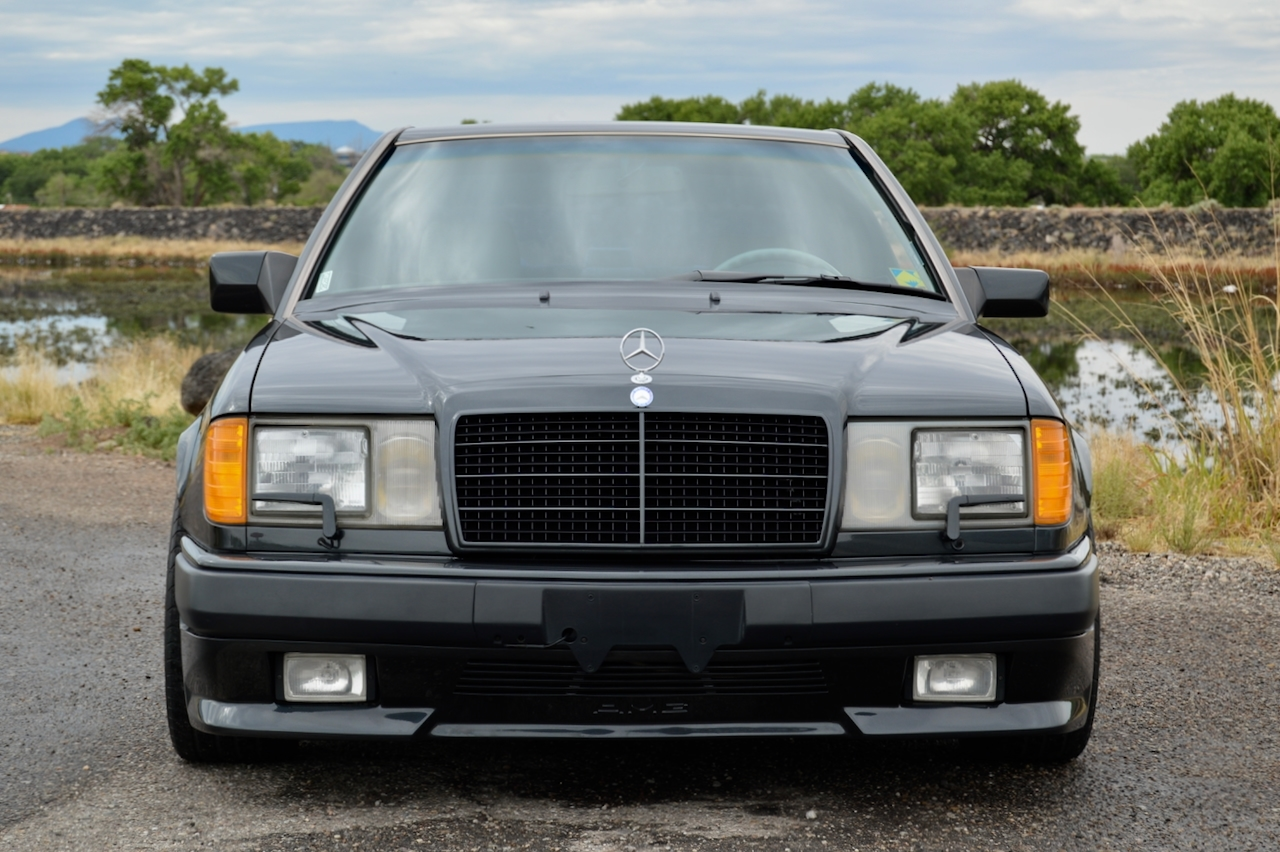
Related
Why A 1988 Mercedes-Benz 6.0L AMG Hammer Coupe Sold For $761,800
That’s just over six brand-new Mercedes-AMG GT Coupes.
Bringing the Hammer back as an EV would be a mistake. It’s a relatively obscure model, at least in the States, and it hasn’t been used for over 35 years. Not to mention, Mercedes-Benz has quite a lot of EVs already, so it’d be best to let the Hammer down and carry on.
Sources: Automobile-Catalog.com

